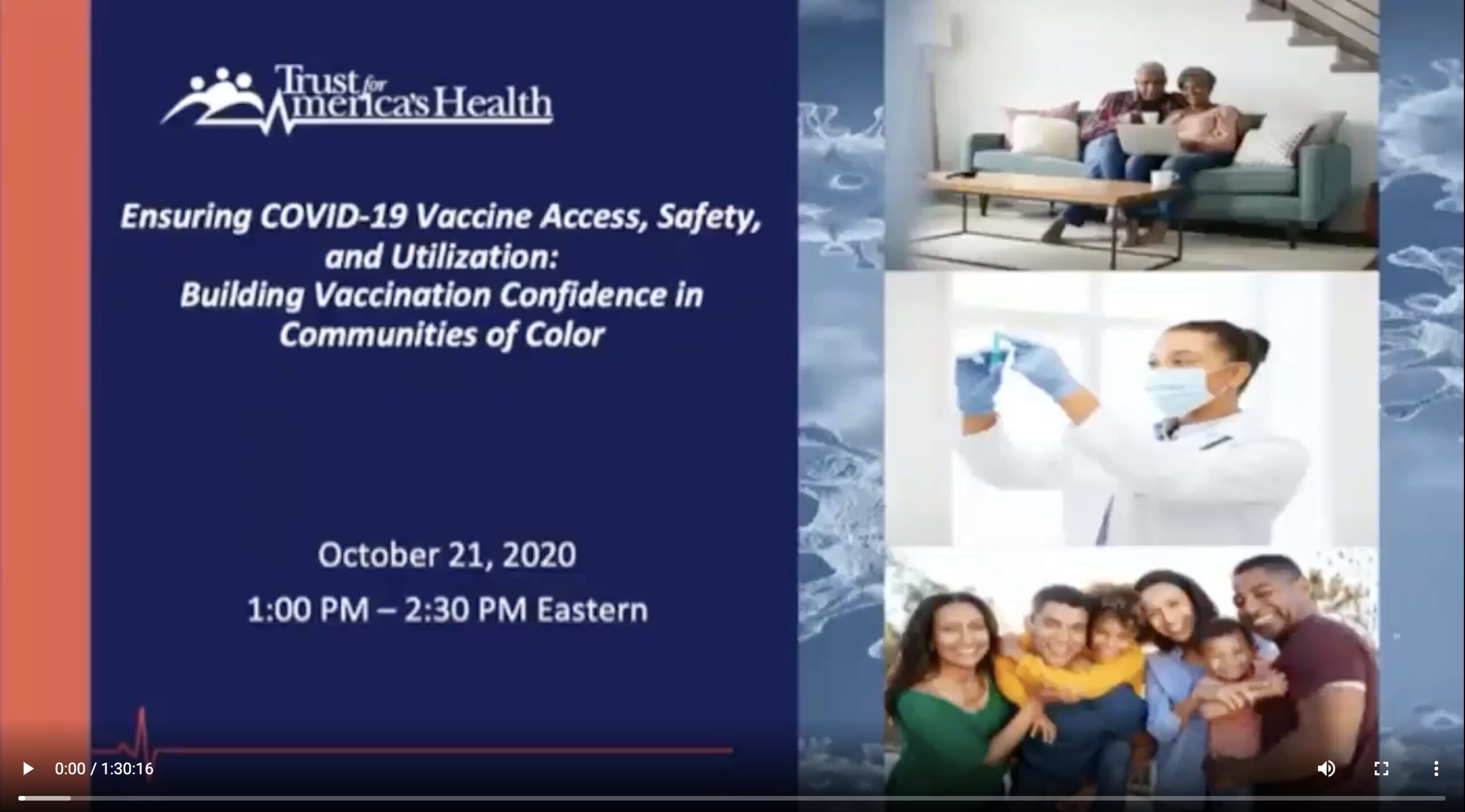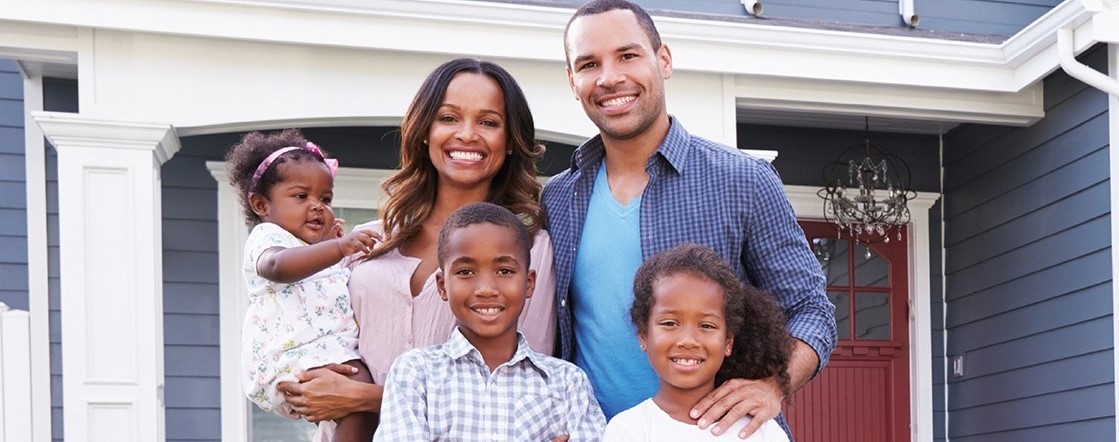(Washington, DC and Baltimore, MD – December 9, 2020) – Many of the states most at risk from climate change are also the least ready to deal with it, according to a new report from researchers at Trust for America’s Health and the Johns Hopkins Bloomberg School of Public Health. This group of states faces increased hazards including hurricanes, floods, heat waves, and vector-borne diseases, but have done the least to prepare, according to the report Climate Change & Health: Assessing State Preparedness.
The report assessed all 50 states and the District of Columbia on their level of preparedness for the health effects of climate change. The researchers found a great deal of variation: Some states have made significant preparations, while others have barely begun this process. Eight states in particular are both most vulnerable to the health impacts of climate change and least prepared.
States in the most-vulnerable/least-prepared group were: Georgia, Kentucky, Mississippi, Oklahoma, South Carolina, Tennessee, Texas, and West Virginia. Overall, the more vulnerable a state was, the less prepared it tended to be. Many of these high vulnerability/low preparedness states are in the Southeast or Southern Great Plains.
“We wanted to better understand the risks posed to individual states and their level of readiness to protect residents,” said the report’s lead author, Matt McKillop, Senior Researcher at Trust for America’s Health. “Our hope is that the report will give officials at all levels actionable information to better prepare.”
Another group of states: Colorado, Maine, Maryland, New Hampshire, Utah, Vermont, Wisconsin, and the District of Columbia – have done much more to prepare (See addendum for state-by-state preparedness summary.)
The researchers emphasized that every state, including those rated as most prepared, can do much more to protect residents from the harmful health impacts of climate change.
“The impacts of climate change on our health demand that policymakers respond,” said Megan Latshaw, a scientist at the Johns Hopkins Bloomberg School of Public Health. “Our goal is that every single state will take this as a clarion call and think of this report as a starting point to do more to help make residents’ lives safer.”
Some climate-related events, such as hurricanes and wildfires, have immediate health impacts. Others are more insidious, including more frequent heat waves; deteriorating air quality; chronic flooding; and increases in vector, water, and food-related disease. These threats already exist. But climate change exacerbates them, and also shifts or expands the regions and populations at risk. In addition, all of these effects can take a severe toll on mental health and well-being.
Some populations and communities are especially vulnerable. High-risk residents include those who are very young or very old, people with a disability, and those living in poverty. Often, the legacy and continued presence of systemic racism, including patterns of deprivation and discrimination, makes communities of color especially vulnerable.
The researchers calculated each state’s vulnerability by looking at a range of factors. Environment and geography are crucial, but in addition, social and demographic factors also play a key role. State assessments were based on three indicators: vulnerability, public health preparedness, and climate-related adaptation. All of the report’s findings are relative, i.e., based on comparisons between states.
The report, released today at the 3rd annual Bloomberg American Health Summit, makes recommendations for federal and state action including:
Federal
- Congress should enact legislation creating a national climate-readiness plan.
- The administration and Congress should fully fund the Centers for Disease Control and Prevention’s (CDC) Climate and Health program and the National Environmental Public Health Tracking Network.
- Strengthen the national public health system and workforce, including by modernizing data and surveillance capacities.
State
- Complete all steps of the CDC’s Building Resilience Against Climate Effects (BRACE) framework.
- Bolster core public health preparedness capacity, and establish and sustain dedicated funding and staffing for climate-related preparations.
- Plan with communities, not for them.
# # #
Trust for America’s Health is a nonprofit, nonpartisan organization that promotes optimal health for every person and community and makes the prevention of illness and injury a national priority. On Twitter at: @healthyamerica1
The Johns Hopkins Bloomberg School of Public Health is dedicated to the improvement of health for all people through the discovery, dissemination, and translation of knowledge, and the education of a diverse global community of research scientists, public health professionals, and others in positions to advance the public’s health.
The Bloomberg American Health Initiative was created in 2016 with a $300 million gift from Bloomberg Philanthropies to the Johns Hopkins Bloomberg School of Public Health. The Initiative is tackling key public health challenges in the U.S., focusing primarily on addiction and overdose, adolescent health, the environment, obesity and the food system, and violence. It is also working to train a new generation of professionals committed to improving health in America.


